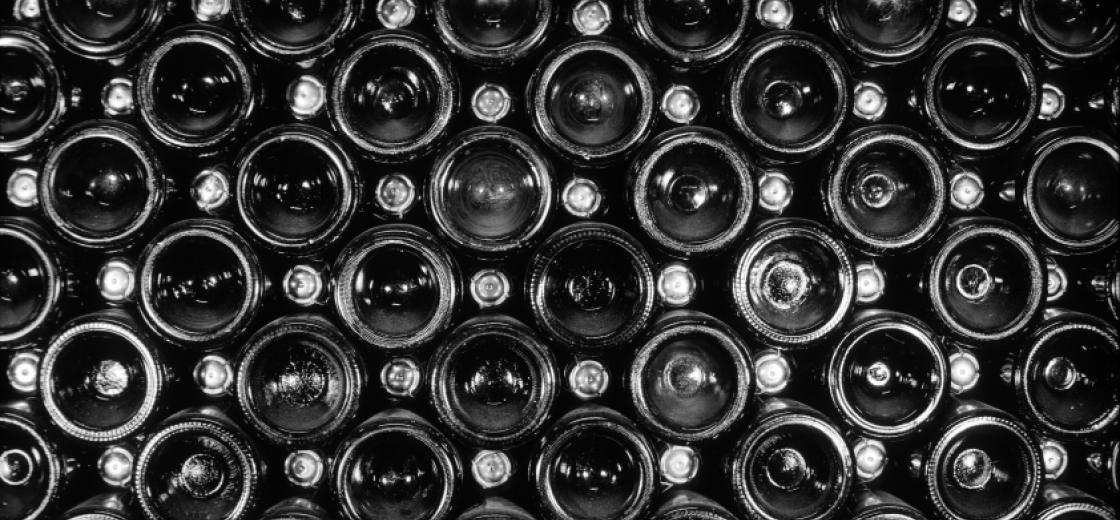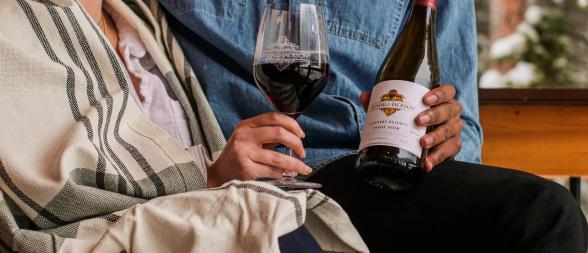
Bottling Line Improvements
Bottling is an art, integral to the winemaking process. The type of glass, the color, size, and shape are all part of creating a wine’s unique identity that reflects the quality inside.
The truth is bottling requires a lot of energy, raw materials, and shipping; so improving our bottling line has been a staple in our waste reduction and energy efficiency strategies.
Recently we installed a new, state of the art bottling line that allows us to fill a greater number of bottles, in less time, with greater accuracy than we ever have in the past – all while using less energy, fewer raw materials, and improving shipping efficiency.
Sounds great, but how are we doing it?
Every stage in the line has been strategically mapped and engineered to maximize efficiency, and it starts by using bulk glass. In the traditional “cased glass” method of bottling, the empty bottles would be shipped in individual 12-bottle wine case packages. This method leads to unnecessary waste and fewer bottles per shipment. However, with bulk glass, the empty bottles are shipped to us in large quantities on pallets without any unnecessary packaging, and accommodate 30 percent more bottles per shipment.
Why is this important? Because more glass per shipment equals fewer truckloads. Since we installed the line earlier this year, we have reduced our shipments by over 600 trucks per year. This is a considerable savings given that diesel trucks have a disproportionately negative impact on the environment and our roadways. Fewer trucks loads means less traffic congestion, fewer road repairs, and increased air quality in our communities.
In addition to reducing total shipments, we’re also reducing waste. Through taking simple actions like using smaller packaging, pressure sensitive labels (no glue labeling), and placing the bottles, and dividers into their respective cases after they are filled, we have reduced our total packaging waste by 5 percent, at this facility alone.
New high efficiency motors on our bottling operation allows us to move more bottles at faster speeds, while using less energy – a lot less energy. We are now saving roughly 20 percent in energy costs by switching from the old bottling system to the new highly efficient technology.





